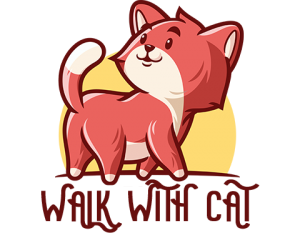The ideal food quantity for the average cat is around 24 to 35 calories a day per pound. If your cat weighs 12 pounds, you should keep the food consumption to 420 calories max to keep them healthy.
How Much Wet Food Does Your Cat Need?
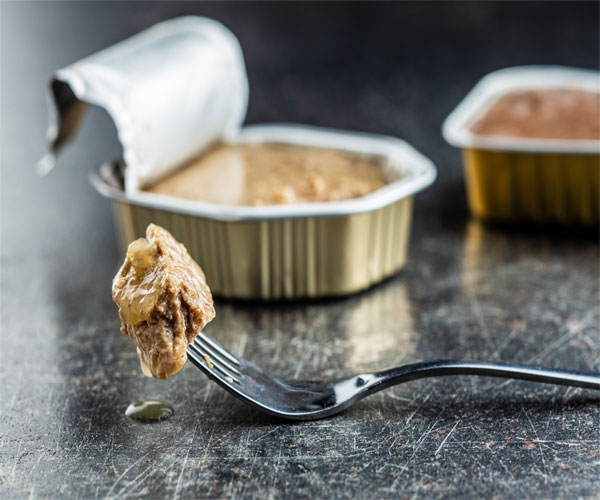
The cat calories requirement can be varies depending on what type of breed you have. The genetically weighted cat should be kept on the moderated diet plan as they might not exercise regularly.
Some breeds quickly get obese due to no physical activities throughout the day.
It would be best if you concerned with a veteran about the food requirement your cat would have and how you can manage their daily meal plan.
Setting a mealtime will help you to develop a habit of eating less. Animals do not have a sense of how much they should eat.
If you try to feed them throughout the day, they will not deny the food. This is not the right way to feed the cat.
It may cause health problems in the long run. Some cat breed becomes obese and develops diabetes.
Additionally, the consumption of the food is determined by the body structure of your cat.
Does a muscular cat require more calories than normal cats?
The muscular cat that weighs around 15 pounds would require more calories than the cat with less weight. Generally, the cat food is provided by calculating the weight of the cat.
Consider age, activity level, playfulness, feeding time to determine how many calories your cat needed in a day.
A growing kitten would be agile and more active in a day. Their body will demand more food than the adult cat.
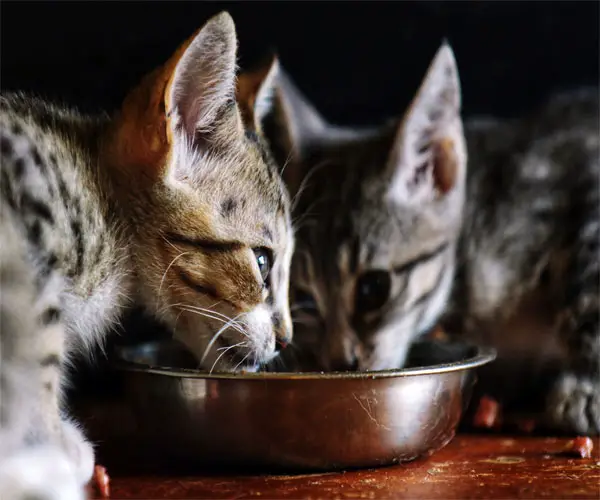
An active cat that spends more time playing around the home may burn the calories quickly. You should observe the cat and daily activities.
The cat that spends more time sleeping may not require many calories, so limit their food.
A nursing cat may demand more calories in its body and require more food to produce the kitten.
Their health is depending on the amount of food they eat. Increase the food content during the nursing time to provide sufficient nutrition to the mother and the kitten.
Should You Feed Your Cat Both Wet and Dry Food?
The expert recommendation is to develop the habit of eating wet food. Wet food is easy to digest and contains more water, making calorie consumption easy during the digestion process.
Keeping a 100% wet food diet can help the cat stay healthy.
However, dry food can be added in small portions to give the cat more flexibility in the food.
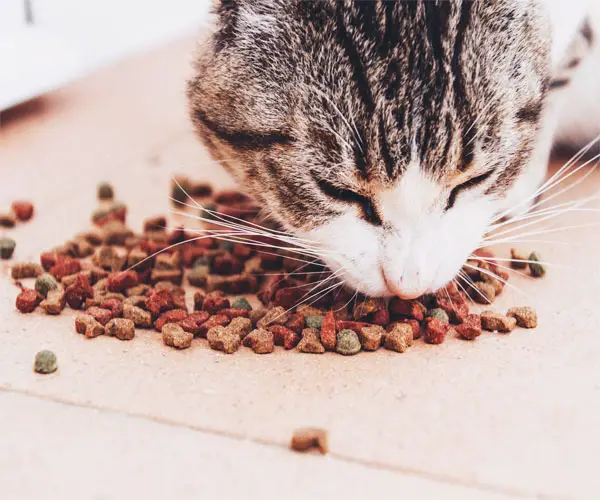
Dry food is readily available in the market so you can buy them and use it in daily meals. It will save you time.
In contrast, web food needs preparation time so you might have to set your daily time to prepare the web food for your cat.
Do no increase the dry food portion because the cat might start to under eat the wet food and avoid eating them.
Moreover, dry food is affordable compared to web food; that’s why many cat lovers use dry food. People who have budget concerns may go with dry food.
Feeding dry and wet food in a day may require more preparation you should be calculating the exact amount of calories you will be giving to the cat.
Putting more food in the cat plates may make the obese, so you should control the eating habits.
If you are not calculating the calories, there are chances that you may be not providing sufficient food to the cat.
They may not be getting an appropriate number of calories, which may affect their health.
It is recommended to talk to experts and understand how to calculate the calories from both types of foods. Know how much your cat needed every day based on their activities.
Choose only a quality diet plan that will enhance the health of your cat.
Combining both dry and wet food will allow you to balance the food’s expense, and you will be able to provide the right amount of nutrition to your cat.
What are the guidelines for feeding the cat?
If you are unsure how much food you should provide to your cat, then the below guideline would teach you how to balance the cat’s food and let them live a healthy life.
You should first consider an adult cat’s average weight, which is around 8 pounds for a male and 6 pounds for a female cat.
1) Cat weight within 1 to 2 pounds weights have naturally appeared healthy body weight. You should feed them two-thirds of the food from the can.
2) In the condition where the cat’s average weight is more than 2 pounds is still considered a healthy weight.
Keep moderating the weight regularly to balance the weight around 2 pounds. It is fine if someday you discover the weight is going up.
The active cat reduces the excess weight naturally, so you do not have to worry about it.
If you find the cat’s weight is consistently growing, the reduce the canned food in the small portion, which is hardly recognizable.
Your cat will develop the habit over the period to eat less, and you will see the weight is going down.
If the cat has gained too much weight in a few days, then serve half a can for an overweight cat.
3) Use a food weighing machine to calculate the calories. Calculate the number of calories your cat needed every day.
Scaling the food provides control over how much you are feeding your cat.
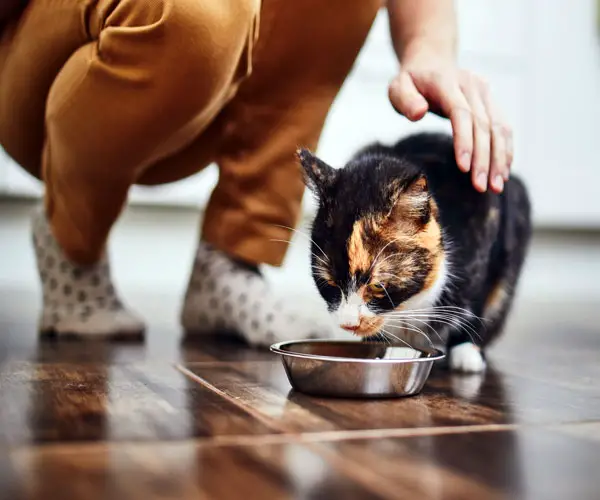
4) Observe the cat’s weight and their activities. The cat that does more physical activities requires more calories. You can decide on increasing the food limit using the weight as a base calculation.
5) Reducing and addition of the food should be your routine process as sometimes the cat reduces more weight in a few days.
In such a case, adding more food to the bowl would help them to gain weight and stay in the average size.
Remember that the cat requires a sufficient amount of food to protect its well-being.
You should check their behaviour. If you find them, they are not eating food or avoid food during eating time.
There might be some reason behind it. Generally, a cat that feels sick avoids routine food. You should consult the expert to know the change in the behavior.
